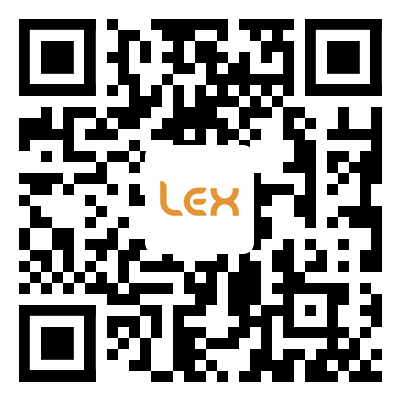What is a PVC Card?
2024-06-21
A PVC Card, short for Polyvinyl Chloride Card, is a durable and tamper-proof identification document widely used across various sectors. Its robust nature and versatility make it an essential tool for secure and reliable identification. Understanding what a PVC Card is and its applications can highlight why it has become a popular choice for personal and professional use.
The Basics of a PVC Card
A PVC Card is made from polyvinyl chloride, a type of plastic known for its durability and flexibility. This material is resistant to wear and tear, making PVC Cards long-lasting and suitable for everyday use. The cards are typically the size of a credit card, which makes them easy to carry and use.
Key Features of a PVC Card
Durability: PVC Cards are designed to withstand various physical conditions, including bending, scratching, and exposure to water. This durability ensures that the information on the card remains intact and legible over time.
Tamper-Proof: One of the significant advantages of a PVC Card is its tamper-proof nature. The card is difficult to alter or forge, which enhances security and reduces the risk of identity theft.
High-Quality Printing: PVC Cards support high-quality printing, allowing for clear text and vibrant images. This feature is crucial for identification cards where photo clarity and detail are essential.
Versatility: PVC Cards can be used for various applications, including identification cards, membership cards, access control cards, and more. Their versatility makes them a popular choice in different sectors.
Applications of PVC Cards
Identification Cards: PVC Cards are commonly used for personal identification documents like driver’s licenses, national ID cards, and student ID cards. Their durability and security features make them ideal for these purposes.
Membership Cards: Many organizations use PVC Cards as membership cards for gyms, clubs, and other entities. The cards can be customized with the member’s information and often include features like barcodes or magnetic stripes for access control.
Access Control: In corporate and secure environments, PVC Cards are used for access control. These cards can be programmed with specific access permissions, ensuring that only authorized individuals can enter restricted areas.
Banking and Financial Services: PVC Cards are also used for debit and credit cards due to their durability and ability to securely hold sensitive financial information.
The Process of Making a PVC Card
The production of a PVC Card involves several steps to ensure its quality and durability. The process typically includes:
Design: The card design is created, including any necessary graphics, text, and security features.
Printing: High-quality printing techniques are used to transfer the design onto the PVC material.
Lamination: To enhance durability, the printed PVC is laminated, which protects the card from physical damage and tampering.
Cutting and Encoding: The laminated sheets are cut into individual cards, and any necessary encoding, such as magnetic stripes or embedded chips, is added.
A PVC Card is a highly durable and secure identification tool used in various applications. Its tamper-proof nature, high-quality printing capabilities, and versatility make it an ideal choice for identification, membership, access control, and financial services. Understanding what a PVC Card is and its benefits can help individuals and organizations make informed decisions about their identification and security needs. As technology advances, the use and capabilities of PVC Cards are likely to expand, further solidifying their role in secure identification and access control solutions.






